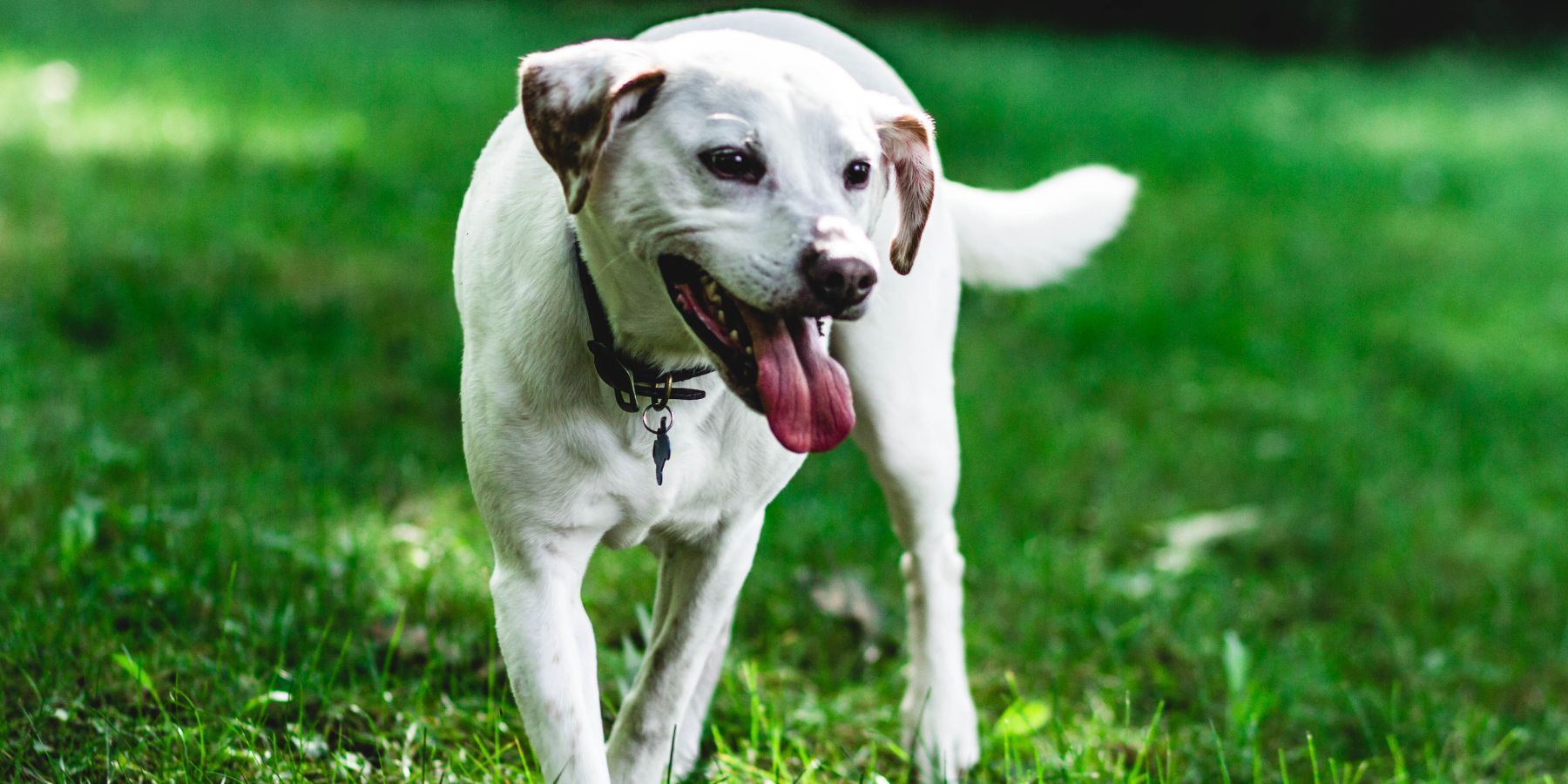Dogs, our loyal companions, have a unique way of keeping cool: panting. In this article, we'll dive into the fascinating world of how panting functions as a natural thermostat for our furry friends, helping them regulate body temperature effectively.
Understanding Dog Panting
1. The Cooling Mechanism
Unlike humans, dogs don't have sweat glands covering their bodies. Instead, they rely on panting to release heat. It's Their built-in cooling system, especially crucial during physical activity or warm weather.
2. The Science Behind Panting
Panting involves rapid breathing, allowing moisture in a dog's mouth and upper respiratory tract to evaporate. This process cools the body, and the increased airflow helps dissipate heat.
3. Adapting to Temperature Changes
Dogs adjust their panting rate based on temperature and activity levels. It's a dynamic response that ensures they maintain an optimal body temperature, preventing overheating.
When Does Panting Occur?
1. After Exercise
Post-exercise panting is normal as dogs release accumulated heat. It's crucial to allow them a cool-down period and access to water.
2. In Warm Weather
Panting intensifies in hot weather. Dogs seek shade and cooler areas to help them manage the heat.
3. During Stress or Anxiety
Emotional states like stress or anxiety can trigger panting. Understanding your dog's behavior helps address the root cause.
4. Health Issues
Persistent or excessive panting can signal health concerns. It's essential to differentiate between normal and abnormal panting.
How to Support Your Panting Pooch
1. Provide Ample Water
Hydration is crucial. Always ensure your dog has access to fresh water, especially during warmer days.
2. Create a Cool Environment
Offer shady spots and avoid strenuous activities during peak heat. Consider using cooling mats or vests designed for dogs.
3. Address Stressors
To calm a panting dog, we can identify and manage stress triggers. This can include gradual exposure to anxiety-inducing situations and creating a calm environment.
4. Regular Veterinary Check-ups
Schedule routine check-ups to monitor your dog's overall health. This helps identify and address any underlying issues contributing to abnormal panting.
FAQs about Okra Water
Q1: Can dogs drink Okra Water?
Plain Okra Water is generally safe for dogs, but consult your vet before introducing it to their diet.
Q2: How can I cool down my dog on a hot day?
Provide shade, and access to water, and use cooling aids like mats. Avoid strenuous activities during the hottest parts of the day.
Q3: Is panting always a sign of distress in dogs?
No, panting is a natural cooling mechanism. It becomes concerning if it's excessive or accompanied by other worrying symptoms.
Q4: Are certain dog breeds more prone to heat-related issues?
Brachycephalic breeds, like Bulldogs, are more susceptible to heat-related problems due to their anatomy.
Q5: Can stress affect a dog's body temperature?
Yes, stress can elevate a dog's body temperature. Managing stress is crucial for their overall well-being.
Q6: When should I be concerned about my dog's panting?
If panting is persistent, irregular, or accompanied by other symptoms like lethargy or coughing, consult your vet.
Summary
Understanding how panting regulates a dog's body temperature is key to ensuring their well-being. By being attentive to their panting patterns and addressing any concerns promptly, you contribute to a happy and healthy life for your canine companion.


